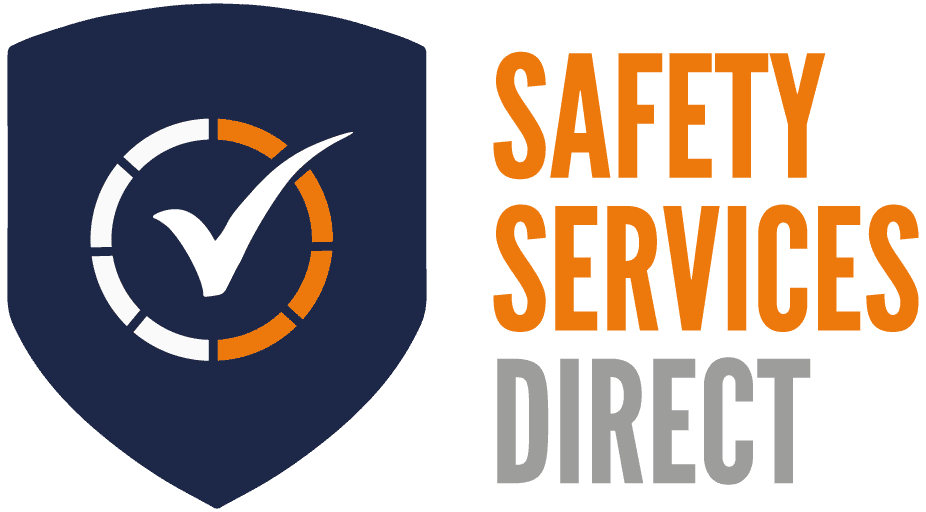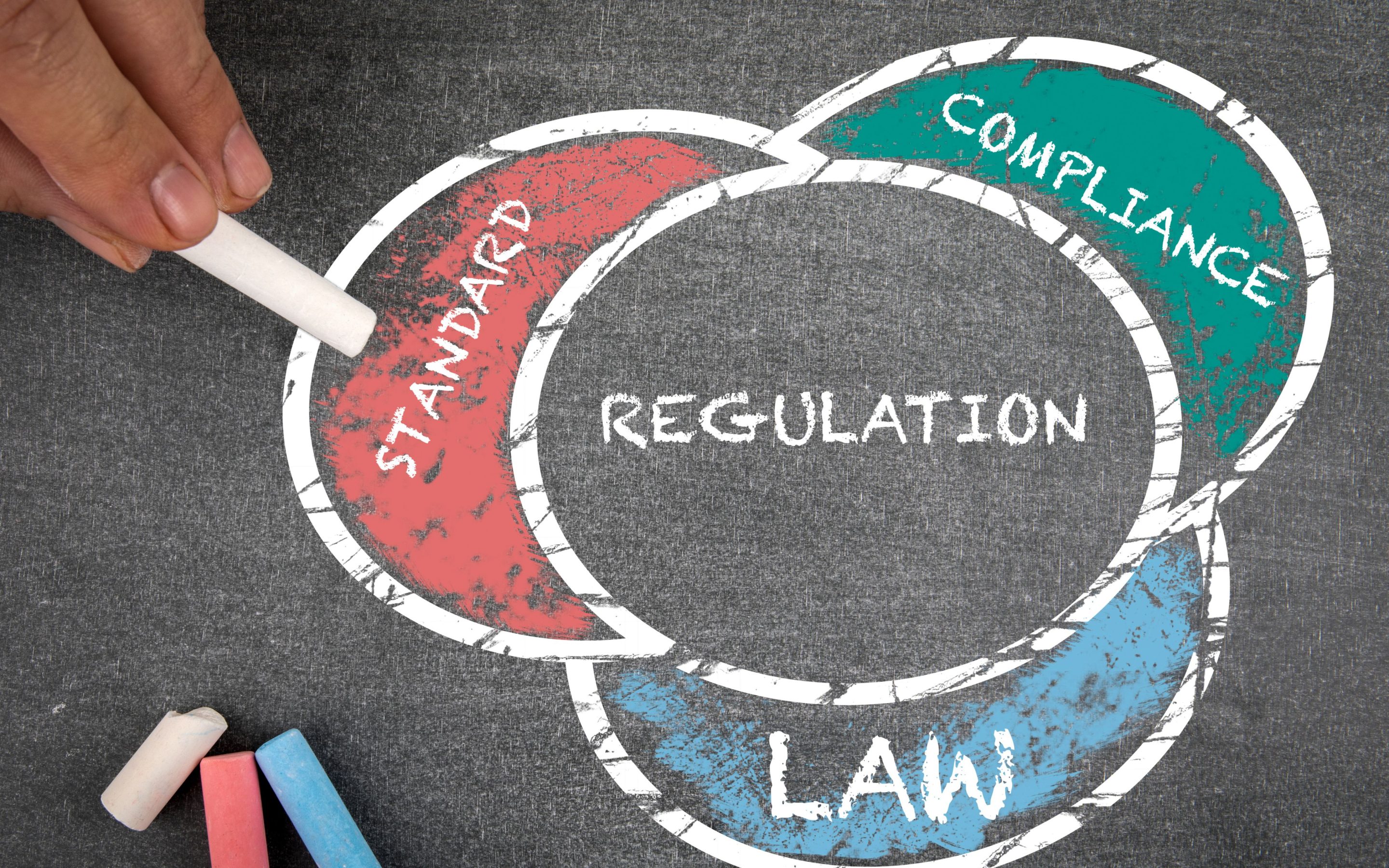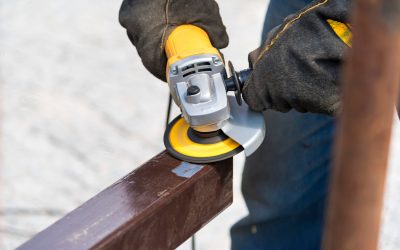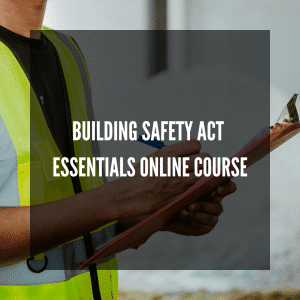In the ever-evolving landscape of workplace safety, businesses across the UK increasingly recognise the importance of adhering to robust health and safety regulations. One such crucial set of regulations is PUWER – an acronym that holds significant weight in occupational safety.
In this comprehensive blog, we delve into the intricate details of PUWER, its regulations, and how Safety Services Direct plays a pivotal role in ensuring compliance, offering advisory services, consultancy, training, risk assessments, and more.
Understanding PUWER
PUWER stands for the Provision and Use of Work Equipment Regulations. Enacted in 1998, PUWER is a set of regulations designed to ensure the safe use of equipment in the workplace. Its primary focus is on maintaining and promoting the health and safety of employees and employers by regulating the use of work equipment and machinery.
PUWER Meaning in Health and Safety
The basis of PUWER lies in its commitment to fostering a secure work environment. It mandates that all work equipment is suitable for its intended purpose, maintained in a safe condition, and used by competent, trained personnel. In essence, PUWER is a cornerstone in the foundation of health and safety practices within workplaces, safeguarding both life and limb.
PUWER Regulations 1998
1998 marked a significant milestone in the UK’s commitment to occupational safety by introducing PUWER regulations. These regulations apply to a wide range of work equipment, from simple hand tools to complex machinery. They impose legal obligations on employers and duty-holders to ensure that work equipment is safe for use, properly maintained, and accompanied by clear instructions and safety measures.
Exploring PUWER Regulations
The Provision and Use of Work Equipment Regulations regulations in the UK are particularly comprehensive and cover a wide range of aspects related to work equipment. Here are the key areas that PUWER regulations look at or affect:
- Work Equipment: PUWER regulations apply to a broad spectrum of work equipment, ranging from simple hand tools to complex machinery and systems.
- Suitability of Work Equipment: PUWER mandates that work equipment must be suitable for its intended purpose. In other words, employers cannot expect an employee to use a grinder to do the job of an orbital sander just because it technically can. Employers must ensure that the equipment is appropriate for the specific tasks it is used for.
- Installation and Commissioning: The regulations cover the proper installation and commissioning of work equipment, ensuring that it is set up correctly and safely.
- Maintenance: PUWER emphasises the importance of regular maintenance. Employers are required to keep work equipment in a safe condition through routine inspections, servicing, and repairs.
- Inspection and Testing: Work equipment is regularly inspected and tested to identify and address potential hazards. This includes health and safety inspectors checking for wear and tear, malfunctioning parts, and other safety concerns.
- Information and Training: Employers must provide clear information and adequate training to employees regarding the correct and safe use of work equipment. This ensures that workers are competent and aware of potential risks.
- Control of Risks: PUWER regulations require employers to implement measures to control risks associated with using work equipment. This may involve the installation of safety features, guarding, or other protective measures.
- Modification and Repairs: Any modifications or repairs to work equipment must be carried out by competent individuals, and these changes should not compromise the safety of the equipment.
- Marking and Identification: Work equipment should be appropriately marked and identified, providing essential information such as operating instructions, safety warnings, and manufacturer details.
- Exemptions and Exceptions: PUWER includes provisions for certain exemptions and exceptions, but these must be carefully considered, and any alternative measures to ensure safety should be implemented.
- Record-Keeping: Employers must maintain records related to the installation, maintenance, and inspection of work equipment to demonstrate compliance with PUWER regulations.
By addressing these aspects, PUWER regulations contribute to creating a safe working environment where the risks associated with the use of work equipment are minimised, protecting the health and well-being of employees and others in the workplace.
What Equipment Does PUWER Encompass?
PUWER encompasses a wide range of work equipment. The term “work equipment” is broad and includes various tools, machinery, appliances, apparatus, and installations used in the workplace. Here are examples of the types of equipment that PUWER regulations cover:
- Hand Tools: Simple hand tools such as hammers, screwdrivers, wrenches, and drills fall under the scope of PUWER.
- Machinery: Complex machinery and equipment used in various industries, such as manufacturing, construction, and agriculture, are subject to PUWER regulations. This includes things like lathes, milling machines, presses, and welding equipment.
- Power Tools: Electric or pneumatic power tools, including drills, saws, and grinders, are considered work equipment under PUWER.
- Vehicle Hoists and Lifting Equipment: Equipment used for lifting and hoisting vehicles, such as car lifts and elevating work platforms, are covered by PUWER.
- Conveyors and Material Handling Equipment: Conveyors, forklifts, and other material handling equipment are within the scope of PUWER.
- Pressure Systems: Equipment such as boilers, compressors, and other pressure systems fall under PUWER regulations.
- Laboratory Equipment: Scientific and laboratory equipment, including testing machines and apparatus, are subject to PUWER requirements.
- Medical Equipment: Equipment used in medical settings, such as diagnostic machines and tools, is covered by PUWER.
- Workshop Equipment: Tools and machines commonly found in workshops, like grinders, drills, and woodworking machinery, are included in PUWER regulations.
- Electrical Equipment: Electrical tools and appliances used in the workplace, including computers and office equipment, are part of PUWER.
- Construction Equipment: Equipment used in the construction industry, such as cranes, excavators, and concrete mixers, is subject to PUWER.
- Industrial Robots: Automated systems and industrial robots used in manufacturing processes are covered by PUWER.
Note: While PUWER encompasses a broad range of considerations, additional legislation may come into play, supplementing the legal coverage provided by the Work Equipment Regulations. For instance, lifting equipment must adhere to the requirements of LOLER (Lifting Operations and Lifting Equipment Regulations). Pressure equipment is obligated to meet the standards set by the Pressure Systems Safety Regulations, and PPE must align with the specifications outlined in the Personal Protective Equipment at Work Regulations 1992.
PUWER Checklist
Navigating through PUWER regulations can be intricate, so we recommend having a qualified health and safety inspector do a thorough examination and complete your checklist. This checklist covers crucial aspects such as:
- Identification of Work Equipment: Ensuring a thorough inventory of all work equipment.
- Risk Assessments: Conducting detailed risk assessments for each piece of equipment.
- Maintenance Records: Keeping up-to-date records of equipment maintenance activities.
- Employee Training: Confirming that employees are adequately trained to use specific equipment.
- Safety Measures: Implementing and documenting safety measures for each piece of work equipment.
Need a Competent Person for a PUWER Inspection?
PUWER regulations are a cornerstone of workplace safety in the UK, designed to protect employees and employers. If you are in need of a health and safety executive who can ensure your PUWER inspections are conducted thoroughly, Safety Services Direct is ready to assist.
From advisory services and consultancy to training, risk assessments, and beyond, Safety Services Direct is committed to fostering a culture of safety where workplaces thrive on the principles of secure and responsible practices.
To find out more about how we can help your organisation, contact us today at 0121 348 7828.









